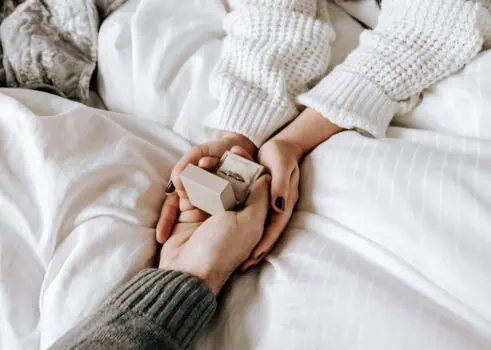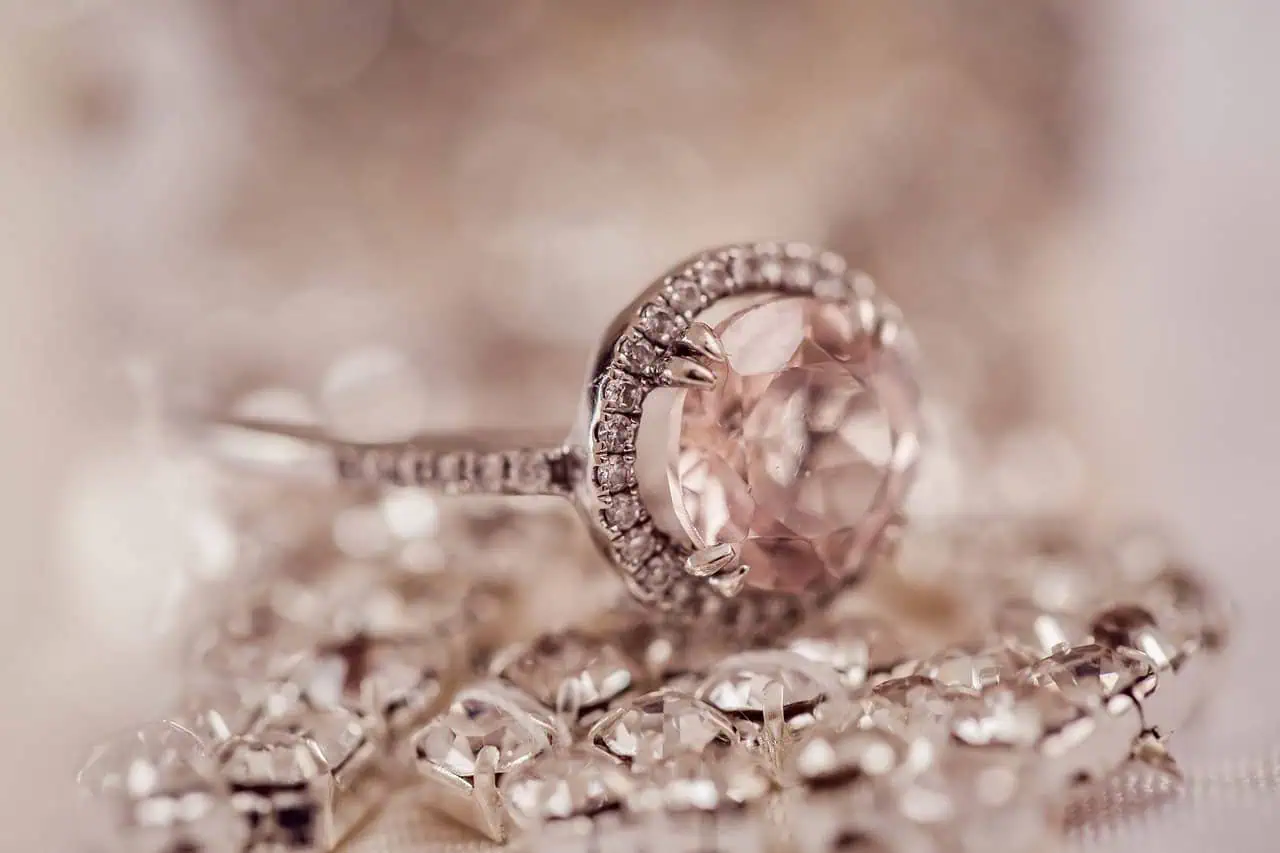When it comes to purchasing diamond jewelry, there are a few key factors that you should consider in order to ensure that you are getting the best quality for your money. After all, investing in diamonds is not just about owning a piece of beautiful and luxurious jewelry – it’s also about making a smart and informed decision.
In this blog post, we will discuss the important aspects to look out for when shopping for diamond jewelry. From the 4Cs (cut, colour, clarity, and carat) to various certifications and settings, we’ll cover everything you need to know in order to make an educated purchase. Whether you’re buying an engagement ring or treating yourself to a new pair of earrings, this guide will help you navigate the world of diamond jewelry and make sure you get the most value out of your investment. Let’s get started.
Cut
The cut of a diamond refers to its shape and proportions, which are determined by the skill of the diamond cutter. The cut is arguably the most important factor in determining a diamond’s beauty, as it directly affects how well the stone reflects light, giving it that coveted sparkle and brilliance.
A well-cut diamond will have precise angles and facets that allow for maximum light reflection, while a poorly cut one may appear dull or lifeless. For instance, you can find eternity ring in various cuts such as round, princess, oval, marquise, and more. When it comes to purchasing diamond jewelry, always prioritize cut oversize or weight – a smaller but well-cut diamond will appear more visually stunning than a larger one with a poor cut.
Colour
The colour of a diamond refers to the presence or absence of colour in the stone. The less color a diamond has, the more rare and valuable it is considered. The grading scale for diamond color ranges from D (colourless) to Z (light yellow or brown). However, some diamonds may have naturally occurring colours such as pink, blue, or green, which can increase their value significantly.
When shopping for diamond jewelry, pay attention to the color grade and consider your personal preference. Colourless diamonds are usually more expensive, but if you prefer a warmer hue in your jewelry then opting for a lower colour grade may be suitable for you.
Clarity
A diamond’s clarity refers to the absence of internal flaws or blemishes, known as inclusions. These imperfections can affect how light passes through the diamond and therefore impact its overall appearance and value. The GIA (Gemological Institute of America) has a clarity grading scale ranging from FL (flawless) to I3 (included), with most diamonds falling somewhere in between.
When buying diamond jewelry, consider the clarity grade and carefully examine the stone for any visible inclusions. Keep in mind that some minor inclusions may not be noticeable to the naked eye and may not significantly affect the beauty of the diamond.
Carat
Carat is the unit of measurement for a diamond’s weight. One carat is equal to 0.2 grams, and diamonds are typically sold in fractions of a carat (such as 0.5 or 1.25). The carat weight directly affects the size and price of a diamond, with larger diamonds being more rare and valuable.
When shopping for diamond jewelry, consider your budget and personal preference when it comes to carat weight. Keep in mind that two diamonds with the same carat weight may have different prices depending on their other characteristics such as cut, color, and clarity.
Certifications
Certifications are important documents that provide information about the quality and authenticity of a diamond. The most reputable and recognized certification for diamonds is issued by the GIA, which evaluates the 4Cs and other aspects of a diamond in order to determine its overall quality. Other organizations that provide certifications include AGS (American Gem Society) and IGI (International Gemological Institute).
Always look for a certification from one of these trusted organizations to ensure that you are getting what you pay for. Avoid diamonds without any certification or with certifications from lesser-known institutions.
Settings
The setting refers to how the diamond is placed or fixed onto the piece of jewelry. It not only affects the overall appearance of the diamond but also its security and durability. Popular settings for diamond jewelry include prongs, bezels, pavé, and channels.
When choosing a setting for your diamond jewelry, consider both the aesthetic appeal and practicality of the setting. For instance, a high set prong may make a stone appear larger but may also be more prone to snagging on clothing or other objects. Ultimately, it’s important to choose a setting that not only enhances the beauty of the diamond but also suits your lifestyle and needs.

When shopping for quality diamond jewelry, it’s important to consider the 4Cs (cut, colour, clarity, and carat) as well as certifications and settings. These factors not only determine the beauty and value of a diamond but also ensure that you are making an informed and worthwhile investment.
By understanding these key aspects and finding a balance between them based on your personal preferences and budget, you can confidently choose the perfect piece of diamond jewelry that will bring joy and elegance to your life for years to come. Remember to always do your research and seek out reputable jewelers in order to make a smart purchase.

